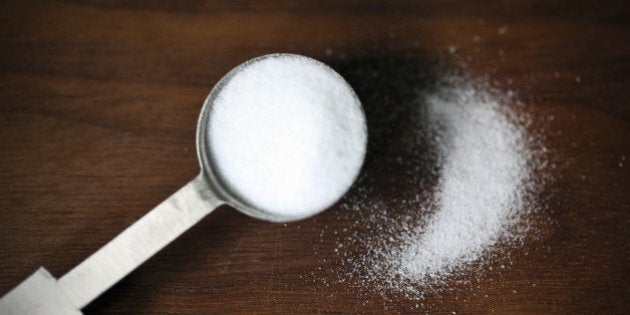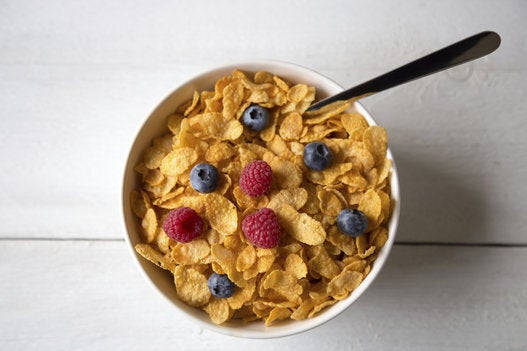
The warnings have been loud and clear for a long time: High levels of sodium (salt) intake are hazardous to our health. Especially the so-called "Western diet," which is dominated by processed foods, is notorious for its sodium content that is often obscured in hard to decipher nutrition facts labels and ingredient lists. That makes it difficult even for health-conscious consumers to keep their daily sodium doses down.
The Institute of Medicine (IOM) recommends 1,500 mg of daily sodium intake for people age 51 and older, those who suffer from hypertension, diabetes, or chronic kidney disease, and African Americans in general; for everyone else, 2,300 mg is considered the tolerable upper limit. The average daily intake for most Northern Americans is about 3,400 mg -- way above what is believed to be safe.
The potential consequences are multiple. While a small amount of sodium -- approximately 180 mg to 500 mg per day -- is necessary for the body to function properly, excessively high amounts can cause a wide range of health problems, including heart disease, kidney disease, and certain forms of cancer. At an advanced age, it can also contribute to osteoporosis. And, as a recent study found, even the brain can be affected by an elevated sodium presence, leading to adverse biochemical changes in its neurons.
Still, experts remain divided over the actual effects of dietary sodium on overall mortality. A study just published in the Journal of the American Medical Association (JAMA) concluded that higher sodium intake was not correlated with greater mortality risk from all causes, at least not in healthy older adults, regardless of gender or race.
As it is too often the case, contradictory findings of various studies such as these leave consumers ever more confused. Of course, only by continuously questioning and testing its work science can progress, but first ringing the alarm bells and then backtracking on issues of public interest is not always the most helpful approach. There should be a minimum of what we can agree upon before releasing guidelines and recommendations that are meant to influence people's behaviour.
This, it seems to me, is one these occasions. None of the studies I'm aware of calls for more consumption of salt in any form. None advise against keeping levels low. There is only disagreement over its impact on people's health and well-being. For this, empirical evidence is hard to come by because it requires large-scale, long-term investigations, which are laborious and expensive. But that doesn't mean we are completely in the dark without them.
One of the main reasons why people consume so much salt is that they are unaware of its many sources. It's not the saltshaker that puts us at risk but sodium used by food manufacturers in countless food items, many of which don't taste salty at all. High amounts can be found in most canned and packaged foods, including breads, breakfast cereals, soups, lunch meats, pasta sauces, pancake mixes, cheese, condiments, salad dressings, pizza, frozen dinners, even medications and nutritional supplements. In other words, sodium is nearly omnipresent in much of our commercial food supply, which makes it next to impossible to avoid.
So, if you are absolutely determined to escape the sodium trap, the best you can do is to stick with whole fruits and vegetables, lean, unprocessed meats, fresh seafood, beans and legumes, and unrefined whole grains.
On a personal note, I decided a long time ago not to even own a can opener. I like my meals made from scratch with minimally invasive cooking techniques like steaming and sautéing. To me, this is preferable to anything that can be purchased in ready-to-eat form. Soups, salads, or pasta sauces of almost endless varieties can easily be created on a whim without using any ingredients other than what Mother Nature provides. Yes, that sometimes comes with a little more work and a little less convenience, but to me, that's part of my investment in my health and certainly worth the effort.
MORE ON HUFFPOST:
